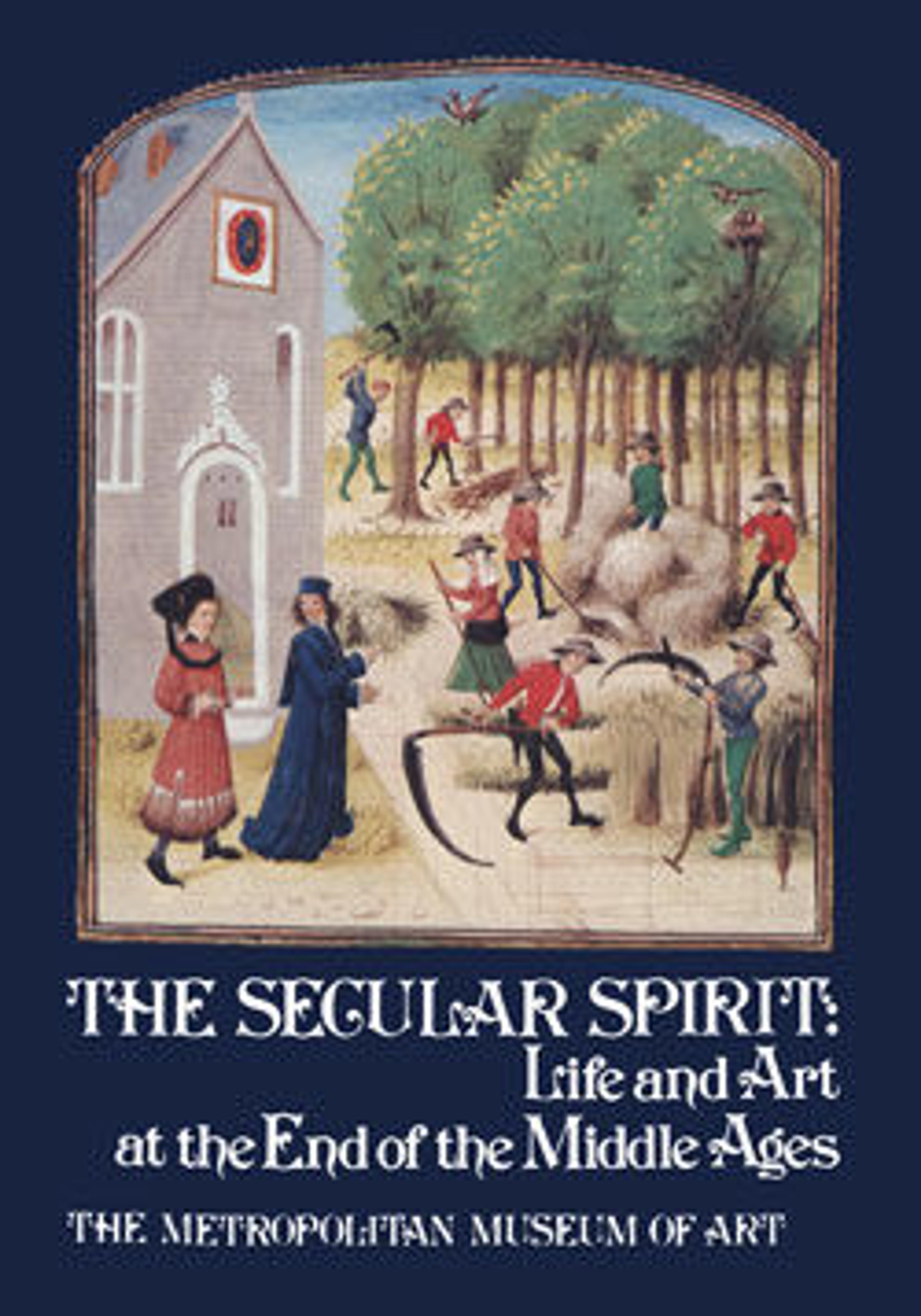Deep Dish
Deep basins of this type were common in affluent houses of the late fifteenth century and probably can be identified with the term bacin which appears in a number of documents. One household is recorded owning 130 bowls and basins of various sorts, while another, in Barcelona, is described as having six lusterware bowls hanging on the wall. The depth of this basin and the wide brim designed for easy carrying would indicate that it was filled with water and was used for washing the hands and face. This may well be the type described in the inventories of King René, duke of Anjou, for the years 1471-1472, as "a large plate of Valencia, tin-enameled with golden foliage," which was kept in his private quarters. The crowns around the brim of the basin may reflect the owner’s rank, while the I and M in the center are probably the initials of Jesus and Mary. The subtlety of the design is revealed in the undersides of the crowns which are painted on the inner wall of the basin giving them an illusion of three-dimensionality.
Artwork Details
- Title:Deep Dish
- Date:1430–40
- Geography:Made in probably Manises, Valencia, Spain
- Culture:Spanish
- Medium:Tin-glazed earthenware
- Dimensions:Overall: 18 5/8 x 5 1/4 in. (47.2 x 13.4 cm)
- Classification:Ceramics
- Credit Line:The Cloisters Collection, 1956
- Object Number:56.171.154
- Curatorial Department: Medieval Art and The Cloisters
More Artwork
Research Resources
The Met provides unparalleled resources for research and welcomes an international community of students and scholars. The Met's Open Access API is where creators and researchers can connect to the The Met collection. Open Access data and public domain images are available for unrestricted commercial and noncommercial use without permission or fee.
To request images under copyright and other restrictions, please use this Image Request form.
Feedback
We continue to research and examine historical and cultural context for objects in The Met collection. If you have comments or questions about this object record, please contact us using the form below. The Museum looks forward to receiving your comments.
